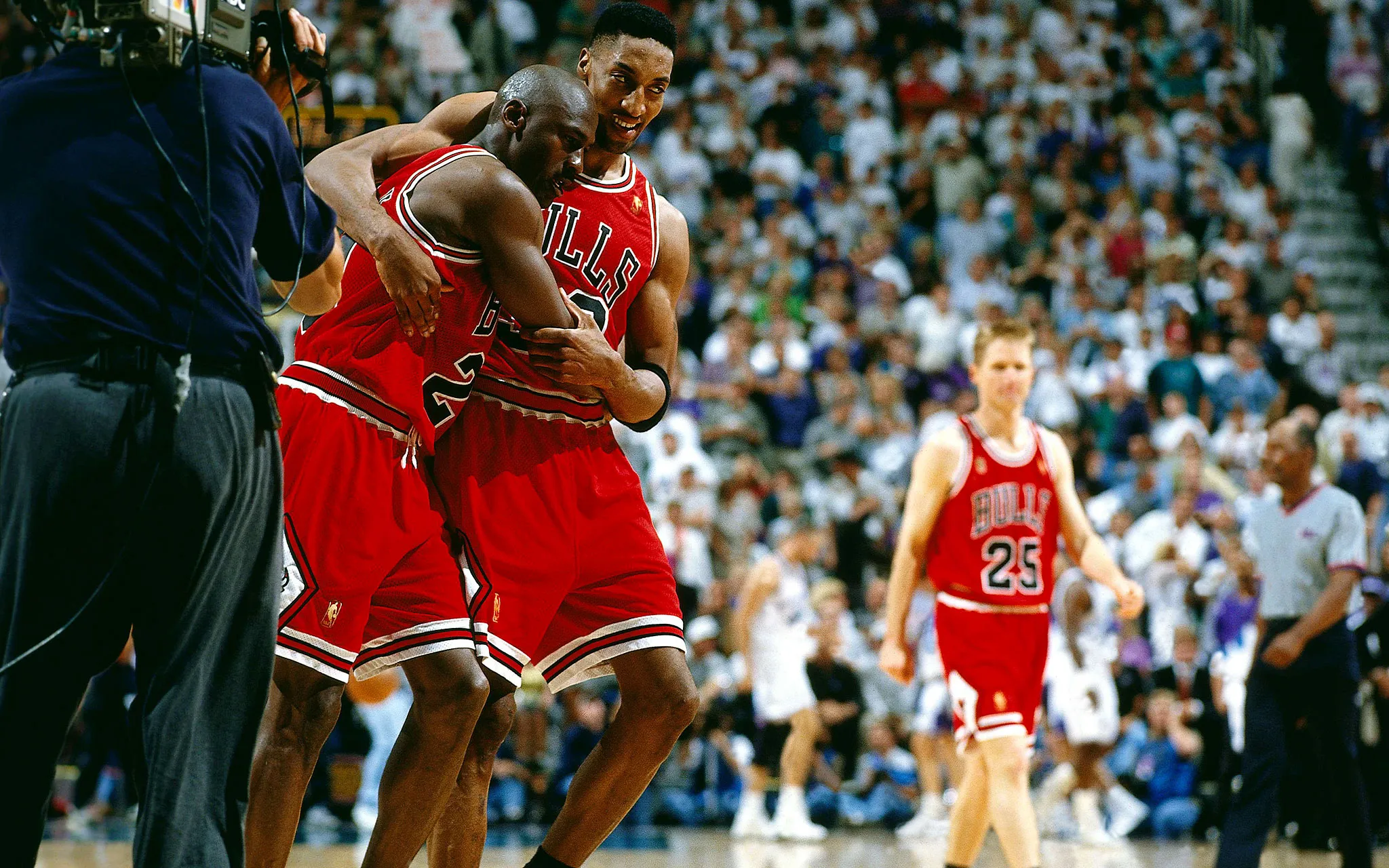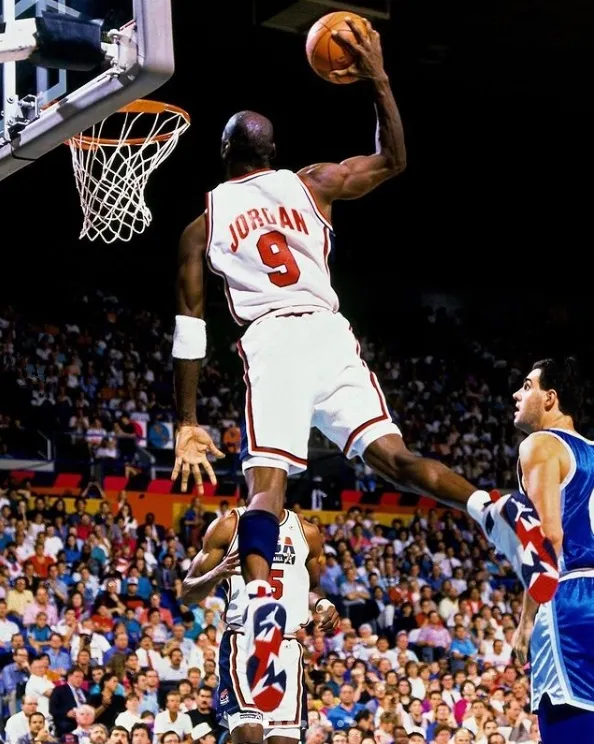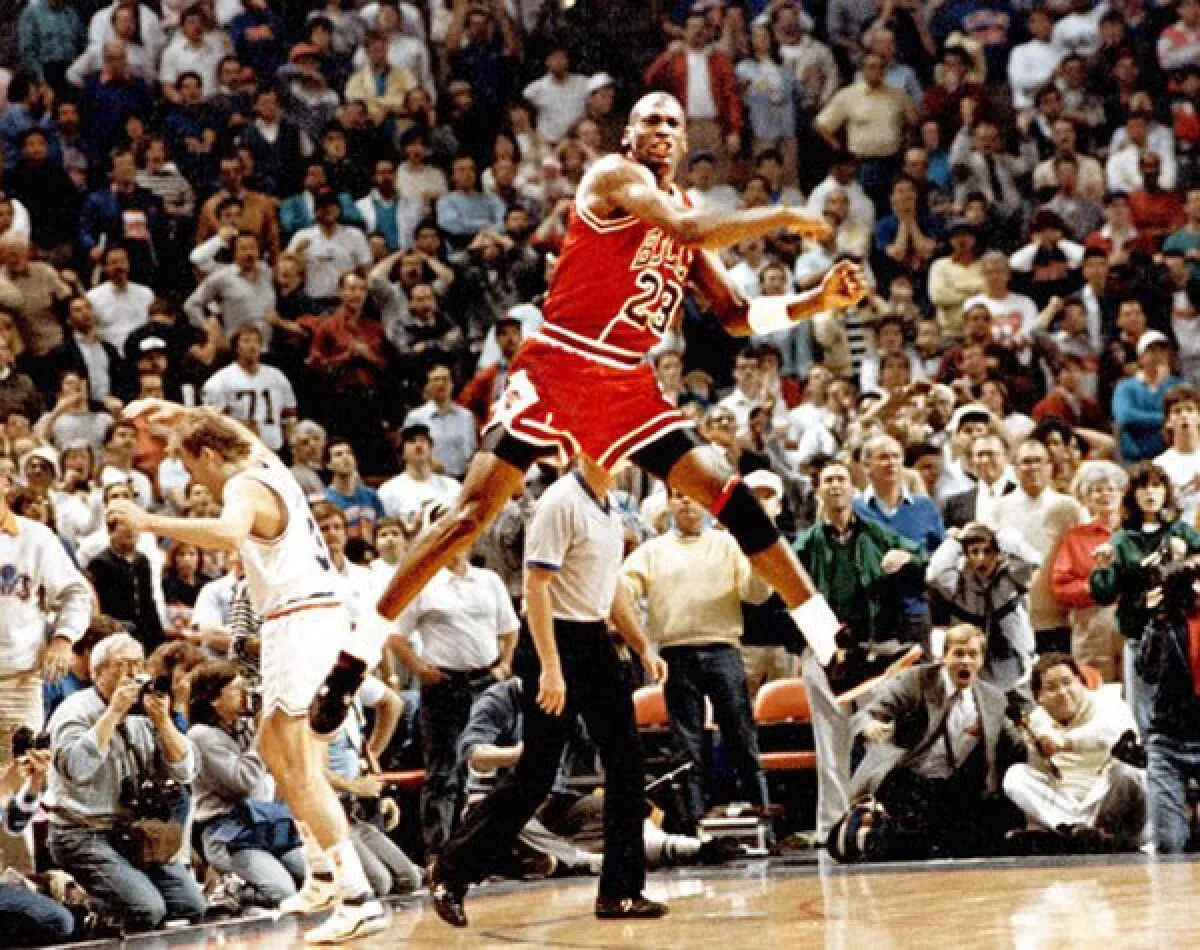In the world of basketball, few names resonate as powerfully as Michael Jordan. Revered as one of the greatest athletes of all time, Jordan’s legacy extends far beyond his achievements on the court. However, behind the veil of his enormous popularity lies a captivating tale: the NBA’s decision to ban his iconic shoes.

During his illustrious career with the Chicago Bulls, Jordan revolutionized the sneaker industry with the launch of the Air Jordan line in collaboration with Nike. These sneakers not only boasted cutting-edge technology but also reflected Jordan’s unparalleled style and charisma. As a result, they quickly became a cultural phenomenon, coveted by fans and athletes alike.

Yet, amidst their skyrocketing popularity, the NBA made a controversial move: banning Jordan’s shoes from the court. The league argued that the vibrant red and black color scheme of the Air Jordans violated its uniform policy, leading to fines each time Jordan wore them during games.

Instead of stifling the shoes’ appeal, the ban sparked a frenzy of demand. Sneakerheads clamored to get their hands on the forbidden footwear, turning them into coveted collector’s items. Meanwhile, Jordan’s rebellious defiance of the NBA’s rules only served to enhance his image as a maverick and trendsetter.

Moreover, the ban inadvertently fueled the creation of sneaker culture as we know it today. It ignited a fervent passion among fans, transforming sneakers from mere athletic gear into symbols of status, style, and self-expression.
In hindsight, the NBA’s attempt to curb Jordan’s influence only amplified his iconic status. The ban became a pivotal moment in his career, cementing his place not just in basketball history but in the annals of pop culture.